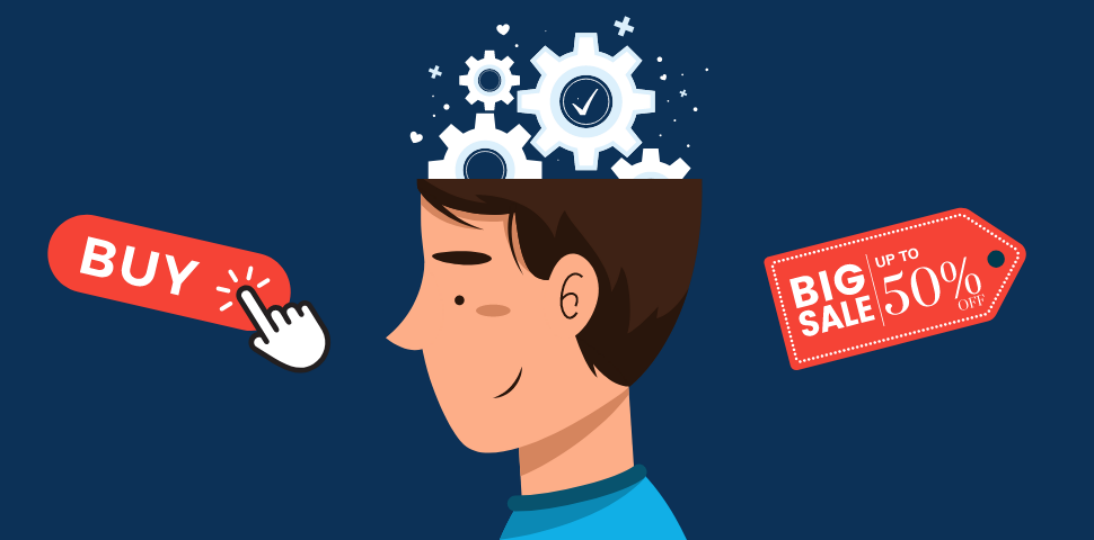What makes consumers click on CTA buttons? What makes them choose one brand over another? What would keep them coming back?
Read on to learn how psychological triggers help you to better engage your prospects and move them more smoothly through the sales funnel.
What Are Psychological Triggers?
In the context of digital marketing, psychological triggers are things that spur individuals to perform a specific action, or a series of actions. These triggers move prospective customers through the sales funnel.
Psychological triggers are either internal or external.
External triggers occur outside of our mind and can take various forms, all of them generally linked to our senses.
They can be anything from the wording of a brand message, the interaction of colors on a website, the images used, the logo design. How about the sound of a cold drink being poured, or images of inventive drink mixes? What about the aroma of fresh-baked cookies at an open house?
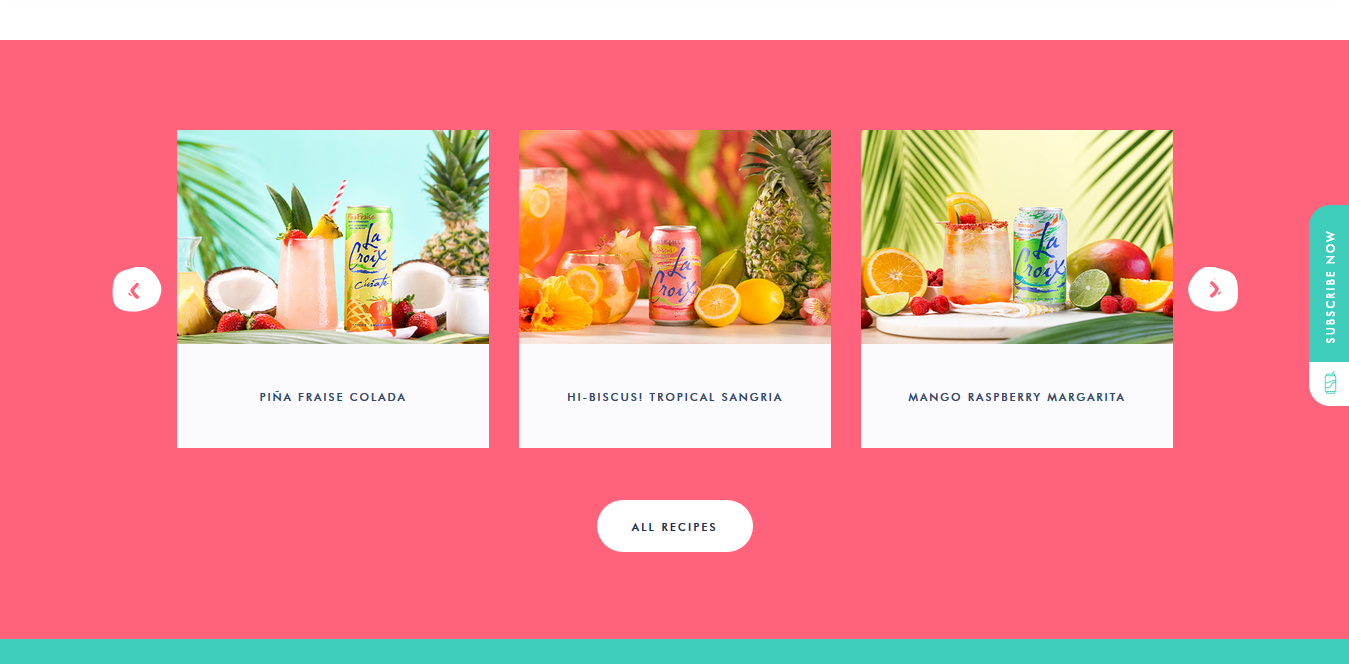
These visual, auditory, and olfactory triggers can prompt prospects to perform an action that, ideally, results in engagement, conversion, or a purchase.
Internal triggers, on the other hand, are inner impulses. Memories, personal circumstances, and emotions can trigger people to do specific things, like record something that’s taking place, take a picture to share with their social network, or download an app.
Businesses can count on Internal triggers to give them a robust customer base for habit-forming products and services.
The Psychological Triggers That Yield Growth for Your Business
To increase engagement and conversion, drive sales, and ensure growth for your business, be mindful of what motivates your prospects and customers to action.
These are the psychological triggers you should understand to develop a powerful digital marketing strategy:
1. Reciprocity
It’s as simple as this: when you give someone something (useful), they are naturally inclined to reciprocate.
The principle of reciprocity is at work when you get a free taste of a new product or a new flavor of a known product at your local grocery and you end up buying it. (Granted, it could be that it was really good, and you’ll go on to buy many more bags, tubs, or jars of it without being prompted by a free taste.)
You can use reciprocity in various ways, depending on your goals and the type of product or service you offer:
Free content
Offering free content—in the form of e-books, blog/vlog, social media videos, etc.—that address pain points, provide tips and how-to guides, or entertain is an effective way to keep your prospects and customers engaged and appreciative of the effort you invest in enriching their lives.
Gift with purchase
Other brands, especially those specializing in cosmetic and beauty products, have got this practice down pat: by including free samples of their other products with a customer’s purchase, they not only make the customer feel valued, they also increase the chances of that customer coming back to purchase more products. Also, this approach is a great way to facilitate a first-time purchase.
Surprise-and-delight approach
This is more subliminal and involves not giving customers any idea what they’re getting for free. Rather, they’ll find out only once they receive the product that they’re getting a freebie as well.
Like the gift-with-purchase approach, this also allows the brand to introduce customers to more of their products, which they may not otherwise have discovered. Besides the delight part of the equation almost always guarantees word-of-mouth promotion.
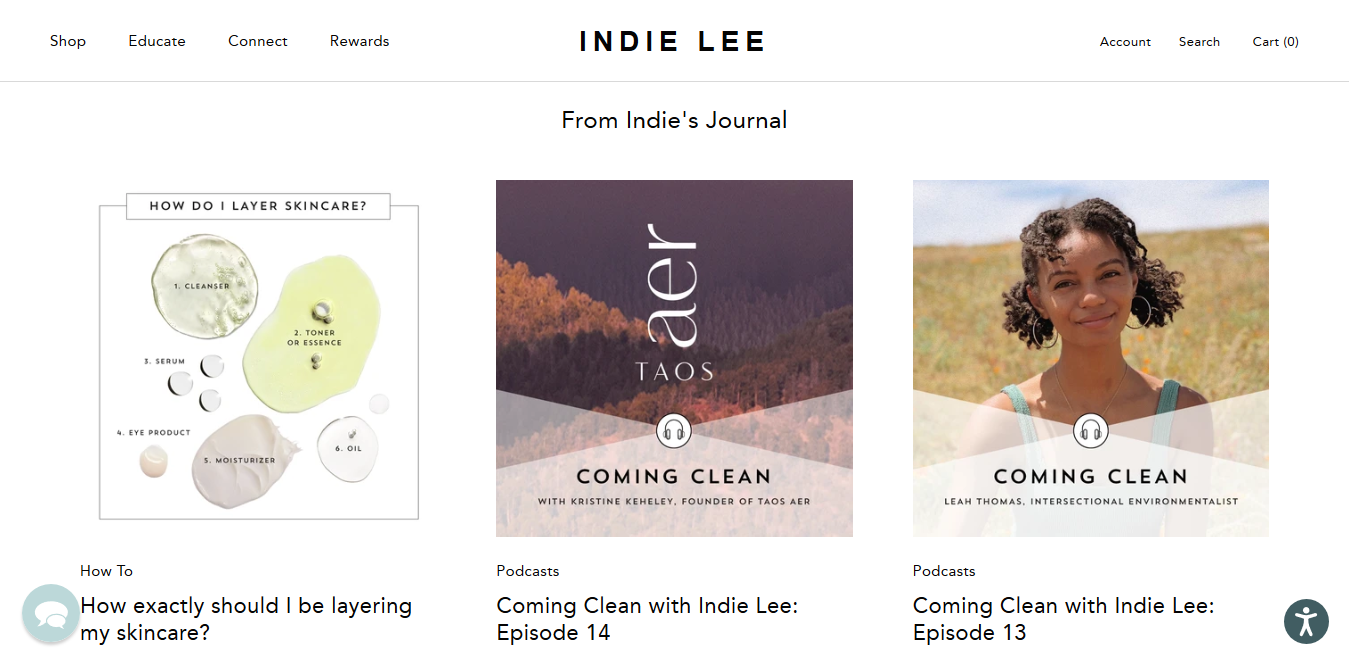
2. Commitment and consistency
These are prominent components of the psychology of selling and buying. Sometimes a prospect can take time to make a purchase, and in that case, how do you ensure top-of-mind awareness?
If you haven’t been paying particular attention to getting visitors to your website to sign up for your mailing list and agree to receive newsletters from you, it’s time to put a premium on getting your prospects to commit to receiving regular communication from you. This keeps you in their mind, and therefore increases the chance of them eventually making a purchase, particularly if you’re consistently providing value in your newsletters.
3. Scarcity
The principle of scarcity states that people are motivated by the possibility of missing out on an opportunity. (Yes, FOMO is firmly anchored on psychology.)
But to get this approach to work, be sure to give your audience the information they need to act on the opportunity the way you intend for them to do so.
Announce the scarcity. (“Only 5 items in stock. Get yours now!”)
Then tell your prospects how to purchase the product, and take them there. That is, have a prominent CTA (call to action button) that’s irresistibly clickable.
Scarcity doesn’t just apply to the availability of stock. It is also at work in the following scenarios:
- Sales that are ending
- Seasonal or limited products
- Limited time offers
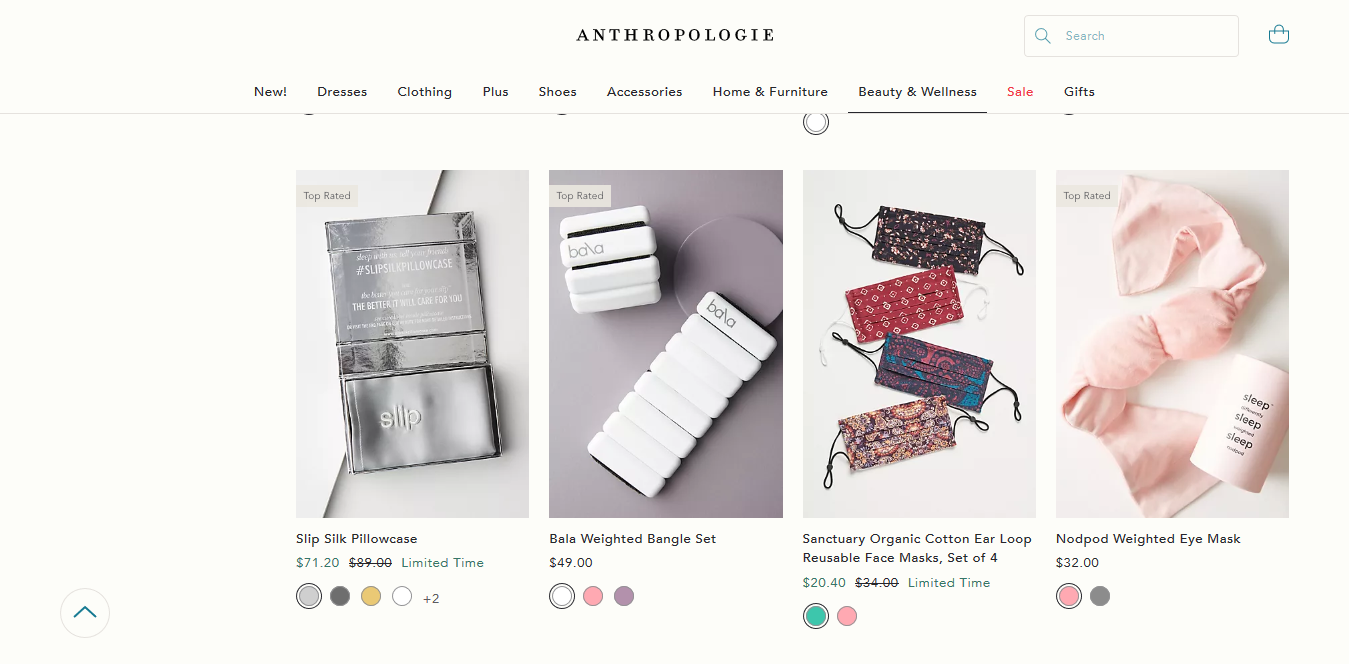
4. Liking
In the psychology of buying, liking means the prospect is more likely to say yes to your request if you’ve established a good connection with them. This is why it’s important to have a solid brand identity—to share your brand story, have a clear voice and message, and know who you’re trying to reach (i.e., their interests, their hopes, their pain points). It helps you create content, offers, and messaging that resonate with your audience.
Your brand’s commitment to using fresh local produce, for example, will facilitate buy-in from target customers. Liking is also behind the rise of influencer marketing and why big companies pay big bucks to celebrity endorsers.
Take, for example, how Jackie’s Jams, a California jams and preserves company, approaches their About Us section.
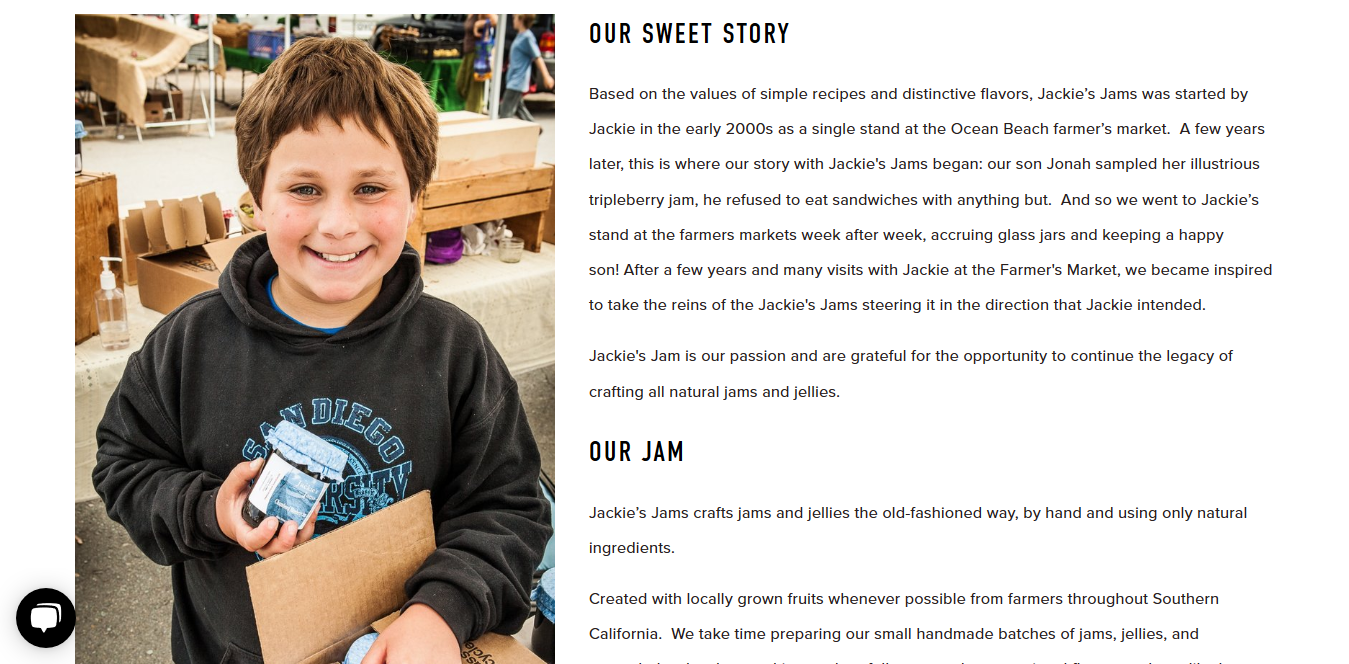
5. Social Proof
Social proof and the principle of liking are linked: As social creatures, we tend to be drawn toward brands that have already other gained other people’s approval, support, or loyalty. It doesn’t even matter if we know these people. That’s why we find ourselves buying things based on customer reviews or recommendations (especially if people, celebrities or otherwise, we follow on social media are raving about a particular product).
To use social proof, feature a Best Sellers or Most Popular section on your website, or label your Best Selling or Most Popular products or services as such. For your social media channels, you can use influencers to help increase awareness of your brand. Not only that, but soliciting user-generated content featuring your brand are also an effective way to pique people’s curiosity and put them in a buying mood, or at least make them easier to convert.
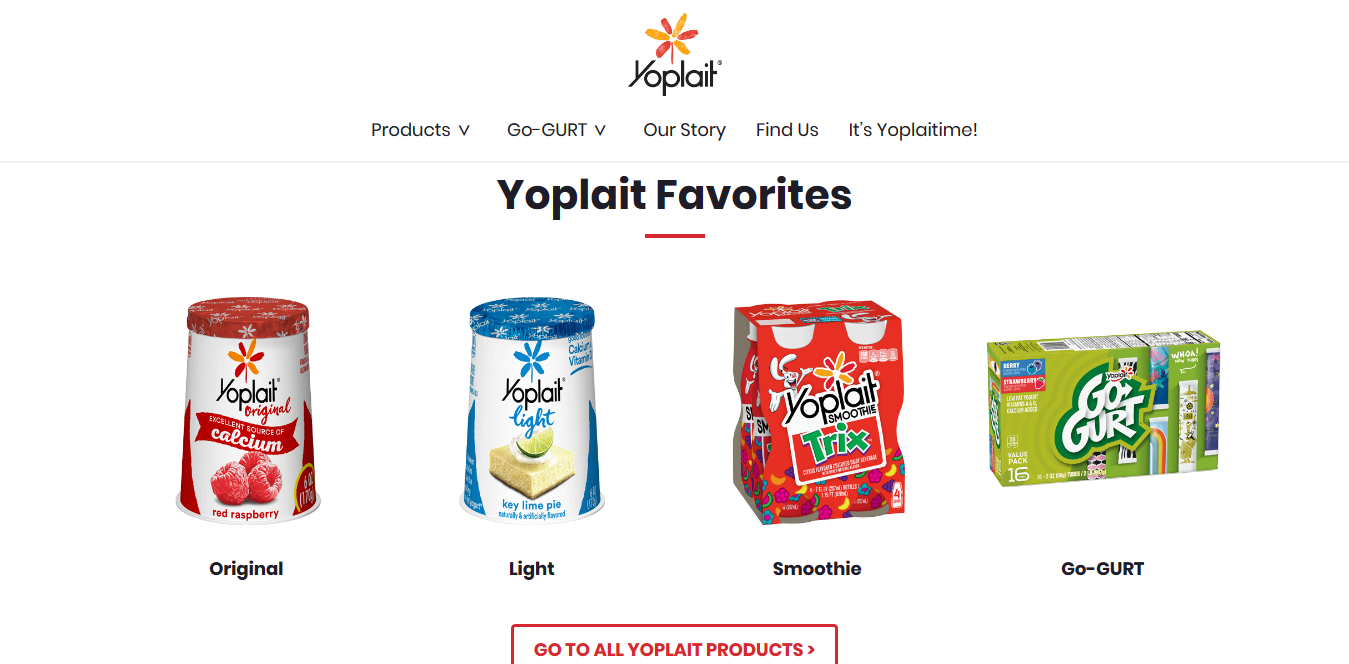
6. Authority
The psychology of selling is influenced by the halo effect—the tendency for positive impressions of a person, company, brand, or product in one area to positively influence people’s opinion or feelings in other areas. This is a phenomenon characterized by evaluators being “influenced by their previous judgments of performance or personality.”
Does your brand evoke something specific and familiar? Maybe an industry expert, a celebrity, maybe even a season, a memory, an attitude? Whatever it is, people will believe, and expect, your brand to possess the qualities that these people and things possess.
Associating your brand with someone that people admire and aspire to be like or something that inspires a powerful and positive response helps you establish authority—the kind that people gravitate toward.
A perfect example of a brand whose celebrity endorser had been using their product even before they found fame is Aveeno. Friends’ Jennifer Aniston had actually been using the brand for 35 years before she became an endorser.
7. Unity
The idea of shared identities anchors the principle of unity. Unity takes what your brand and your customers have in common and shapes identities and forms groups.
If, for example, you’re a local pastry shop, you can apply the unity principle by identifying with baking enthusiasts, maybe form a baking group that bakes treats once a month for children in the hospital. This kind of engagement with your community will strengthen the connection between you and customers who are particularly interested in children’s well-being and gain you new ones as well, perhaps faster and more of them than if you weren’t as involved with a cause or didn’t strongly identify with a group.
Conclusion
Knowing the psychological triggers at work in digital marketing is vital to any growth strategy. That’s because your prospects and customers are humans and cannot always be won over through sheer focus on metrics. It pays to go beyond the numbers and be human—share stories, connect, and work toward a common goal together with customers, and win more while you’re at it.
Do you need a team to work with to fine-tune your digital marketing strategy?
Contact Purple Cow today. Tell us what you need to be, where you need to be.
